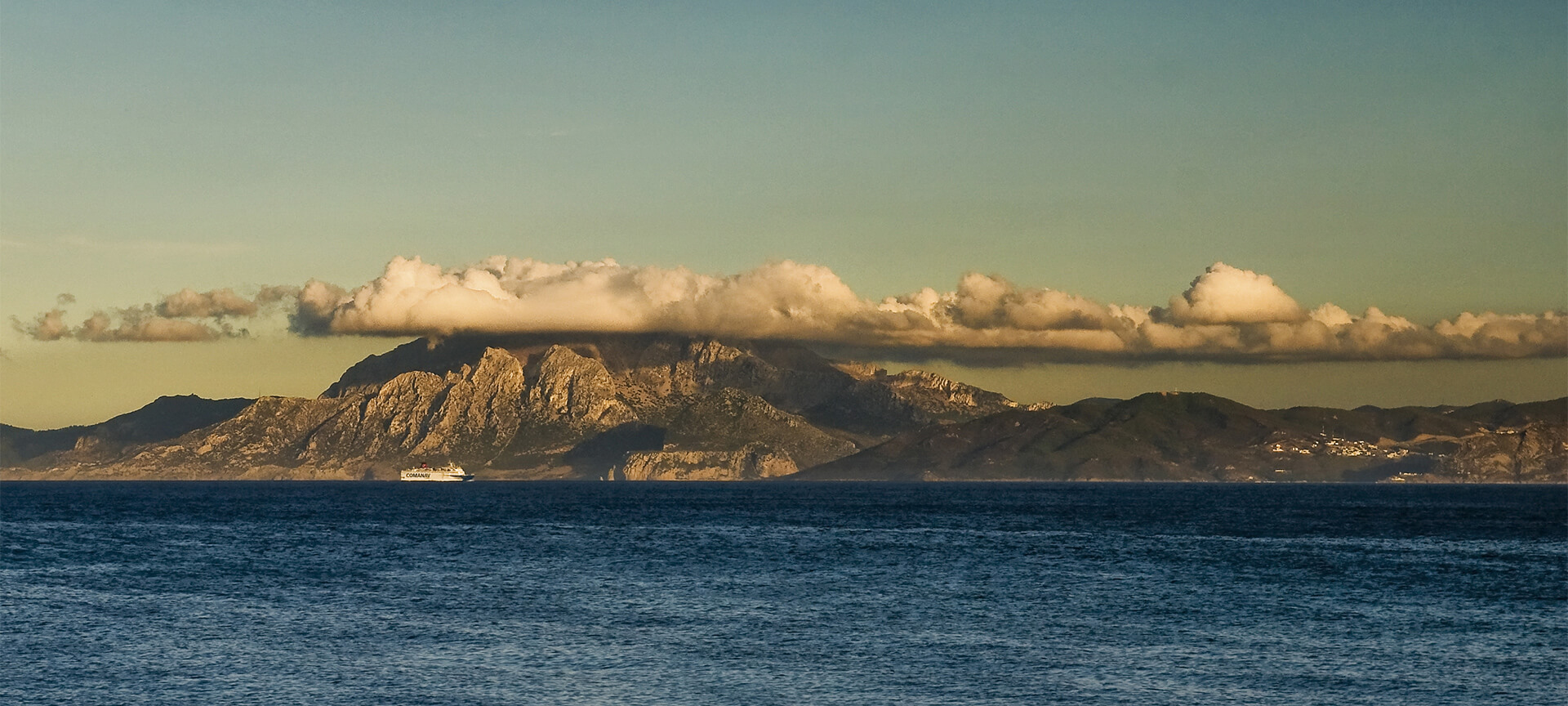
Intercontinental Mediterranean Biosphere Reserve. Andalusia (Spain) –Morocco

This reserve, which was declared by the UNESCO in October 2006, contains some of the most outstanding natural spaces in the eastern part of the province of Cadiz and the western part of Malaga, in Andalusia in southern Spain. It is also the first of its kind to feature a whole sea within its boundaries. What’s more, this intercontinental territory also includes two previously declared Biosphere Reserves in Andalusia: the Sierra de Grazalema and Sierra de las Nieves reserves. The Alcornocales and the Estrecho Nature Reserves; the natural spaces of Los Reales de Sierra Bermeja, Sierra Crestellina, Desfiladero de los Gaitanes and Playas de los Lances beaches; and the natural monuments of the Duna de Bolonia sand dunes, Pinsapo de las Escaleretas fir forest and Cañón de las Buitreras canyon are the other territories in Andalusia which are included within this reserve.
Intercontinental Mediterranean Biosphere Reserve. Andalusia (Spain) –Morocco
Andalusia
Activa JS
What you need to know
-
Cultural information
The area of the reserve in Andalusia includes 63 municipal districts distributed throughout the provinces of Cadiz and Malaga. The general aim of the UNESCO declaration, as well as protecting the local biodiversity, is to encourage the sustainable use of the resources by the local populations, and to bring together two territories which, in spite of their geographic separation, both share aspects of their natural and cultural heritage. Thus throughout the centuries both shores have served as a connection between East and West and have contributed to the creation of what was known as the “Andalusí culture”.
-
Environmental information
The reserve is dominated by a string of mountain ranges forming an open arch to the Mediterranean Sea and which in turn divides the mountain range known as the Bético-Rifeño system into two sections.
-
Information for visits
The contact data for the visitor centres and information points in Andalusia’s protected natural spaces in this reserve can be found at the Nature Spaces Visitor Window, a web channel where you can consult paths, accommodation, recreational areas and viewing points, as well as downloading brochures and maps-guides.


